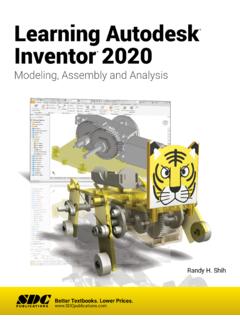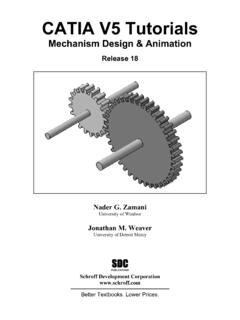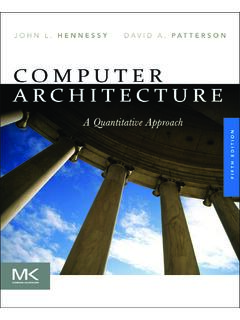Transcription of EXPLORING PERSPECTIVE HAND DRAWING
1 SDCPUBLICATIONSB etter Textbooks. Lower Textbooks. Lower HAND DRAWINGF undamentals for Interior DesignEXPLORINGSECOND EDITIONS tephanie M. Sipp, IDEC with Cheryl L. TaylorSDCPUBLICATIONSB etter Textbooks. Lower InstructionSDCPUBLICATIONSB etter Textbooks. Lower the following websites to learn more about this book: Powered by TCPDF ( )Part I - Fundamentals of DRAWING Chapter 2 - The Box 23 Chapter 2 The Box The box will be our starting point for learning to draw any object and will provide a method for adding proportion and understanding PERSPECTIVE .
2 Creating proper proportion and PERSPECTIVE are two of the most challenging aspects of developing successful drawings. The box method helps us achieve both of these goals. Throughout this book, we will work with the box. We will move the box around, create objects from the box, divide the box, and embellish the box. Ultimately, we will transform our boxes into entire PERSPECTIVE drawings of interior rooms, complete with furniture and accessories. Part I - Fundamentals of DRAWING Chapter 2 The Box 24 GETTING STARTED VIEWPOINTS To communicate a design concept fully, drawings of an interior space or of furniture are typically drawn from different points of view.
3 These different views are often categorized as PERSPECTIVE Drawings or Paraline Drawings. We will use a subset of these views as we learn to visualize objects and as we learn to draw. PERSPECTIVE DRAWINGS One and two-point PERSPECTIVE views depict space on a vertical plane but with three dimensions, thus creating a more natural view. One-point PERSPECTIVE views are three-dimensional drawings in which objects have a flat front and the parallel lines depicting depth converge at one single point on an imaginary horizon line in the distance. Two-point PERSPECTIVE views are three-dimensional drawings where objects have a leading edge and the horizontal parallel lines converge at a left and a right vanishing point on an imaginary horizon line.
4 PARALINE DRAWINGS Paraline views provide a means describe an object visually in three-dimension and to scale. Lines that are parallel in reality remain parallel in the DRAWING . The following are concepts that will help you throughout Chapter 2: Proportion. The correct relationship of size between two or more parts of an object. PERSPECTIVE . The appearance of a distant object in relation to the observer's distance from it. PERSPECTIVE lines. Lines that project from the front of the object towards a single vanishing point Horizon line. Imaginary line that is at eye level on a PERSPECTIVE DRAWING .
5 Horizontal line. Lines of the object that are parallel to the horizon. Vanishing point. The point where parallel lines converge in a PERSPECTIVE DRAWING . Vertical lines. Lines of the object that are perpendicular to the horizontal lines. Leading edge line. The front vertical line of the box when the corner of the box is facing you Parallel lines. Lines that remain the same distant apart and never meet. Perpendicular lines. Lines that meet to make a right angle (90-degree). Scale. A ratio representing the size on a DRAWING . Typically, architectural scales include 1/4 inch and 1/2 inch equals one foot.
6 Part I - Fundamentals of DRAWING Chapter 2 - The Box 25 The following drawings of the box shown in the photograph represent the different views and aspects of the box design. A two-point PERSPECTIVE view also depicts a three-dimensional aspect of the box. In this view, there is a leading edge and each side appears to get smaller as they move away from the leading edge. The proportion was drawn without a scale. A one-point PERSPECTIVE view provides a three-dimensional depiction of the box. Notice the flat front of the box and the parallel lines forming the sides of the top recede toward a single point.
7 The proportion was drawn without a scale. This front view shows detail of the object in an elevation view. Elevation drawings do not show depth. This DRAWING was done using a scale. This is the top view of the box. You are looking directly down on the box and there is no depth shown in the handle. You will see the details of the box top and the wood flooring. This DRAWING was done using a scale. This paraline DRAWING shows the three dimensional qualities of the box. However, it is distinctly different from a PERSPECTIVE DRAWING because parallel lines do not converge and a scale was used to complete the DRAWING .
8 Part I - Fundamentals of DRAWING Chapter 2 The Box 26 ONE-POINT PERSPECTIVE FLAT FRONT BOXES DRAWING an object in PERSPECTIVE provides a realistic view and is therefore an important type of DRAWING for the interior designer . To view a box in a one-point PERSPECTIVE , hold it with a flat front facing you and so the two sides appear to move toward a single point in the distance. The surface area of the picture, or the picture plane, is often thought of as a window through which you are seeing the three dimensional object. In the one-point PERSPECTIVE , the picture plan is perpendicular to your view of the object and the object has a flat front.
9 With a one point PERSPECTIVE box, or a flat-front box, the three types of lines you will draw to make the box include horizontal, vertical, and PERSPECTIVE lines. Notice the boxes drawn below and the use of these lines. They each have a front that is a rectangular shape and the lines defining the side edges of the box move toward a single vanishing point on the horizon line. The vanishing point is stationary and the PERSPECTIVE lines project toward this point. Horizontal line Vertical line PERSPECTIVE guide line PERSPECTIVE line Vanishing point Horizon Line Helpful Hint: PERSPECTIVE drawings are different from scale drawings because the scale DRAWING uses measurements to note size.
10 A PERSPECTIVE DRAWING represents how our eyes see the world naturally, which is not in a measured scale. Objects are scaled relative to the viewer. Additionally, an object is often scaled unevenly: a circle often appears as an ellipse, a square can appear as a trapezoid, and objects appear to get smaller as their distance from the viewer increases. This distortion is referred to as foreshortening and is a technique that helps create the illusion of depth. Part I - Fundamentals of DRAWING Chapter 2 - The Box 27 ONE-POINT PERSPECTIVE BOX STEP-BY-STEP Throughout this book, the starting point for drawings objects and furniture pieces is the box shape.
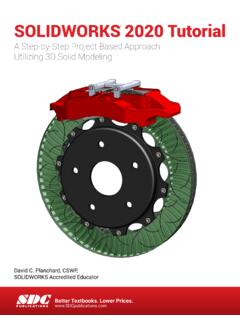
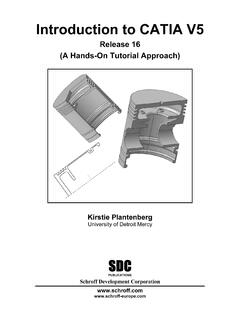
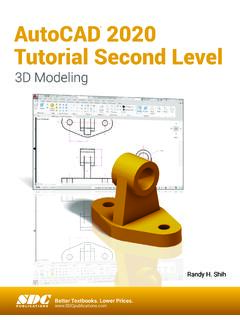
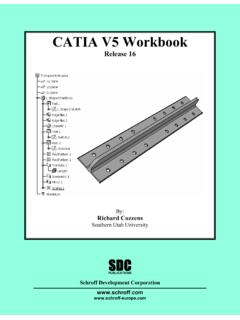
![Engineering Graphics Essentials [4th Edition]](/cache/preview/5/f/2/c/9/7/7/c/thumb-5f2c977c49c57cf1f6e1b8387a99c3df.jpg)
